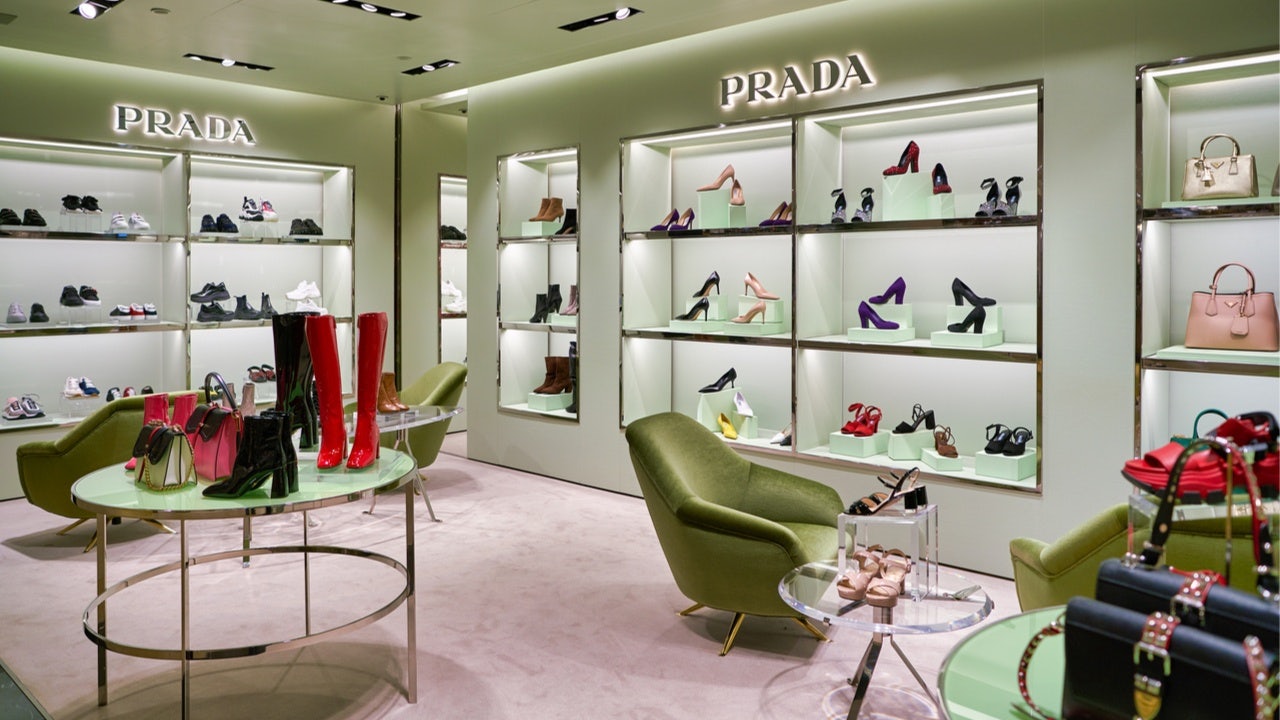What happened
While the rest of the world adapts to life with the virus, China is struggling to contain its biggest COVID outbreak since Wuhan. On March 13, the country reported over 3,000 new locally-transmitted cases, sending the entire province of Jilin and its 24 million residents into lockdown. Meanwhile, Shanghai announced that schools will shift online starting this week and that cinemas, theaters, and museums will be shut down. In Shenzhen, where more than 66 cases have been detected, businesses not involved with essential public services were ordered to suspend production as China’s “Silicon Valley” enters a week-long lockdown.
The Jing Take
China has not adjusted its zero-tolerance tactics to Omicron — despite the strain being more transmissible and less deadly — nor does it plan to for the time being, according to the country’s CDC. Instead, authorities have turned to their tried-and-true formula for stomping out infections, such as border controls, mass testing, quarantines, and lockdowns, although they are now promoting self-testing kits for the first time.
Naturally, some brands have been affected: Prada, which had planned to open a special market from March 12 to 13 in Shanghai, has now canceled this event. Apple will also likely be impacted due to its supplier, Foxconn, halting factory production in Shenzhen. Moreover, because Shenzhen is home to one of the world’s largest container ports, the tech hub’s lockdown could further disrupt global supply chains.
That said, luxury brands have largely adapted to a world where the pandemic exists. While rolling lockdowns could mean potential store closures, global players have laid a strong e-commerce infrastructure over the past two years to continue connecting with local customers, from launching flagship stores on Tmall, JD.com, and Douyin to running social media accounts on Xiaohongshu.
Even if the foot traffic of brick-and-mortar stores were to fall, a temporary dip in China sales should not profoundly affect a luxury brand’s bottom line. Not only can they rely on global markets like the US — in fact, Bain & Company reported that in 2021, the US surpassed China as the biggest luxury spenders, accounting for one-third of all sales — but there’s also the slate of Chinese shopping holidays like 520 and 618 to anticipate. Plus, a brief lockdown could spark an even stronger desire from consumers to attend physical brand events. After all, distance makes the heart grow fonder.
The Jing Take reports on a piece of the leading news and presents our editorial team’s analysis of the key implications for the luxury industry. In the recurring column, we analyze everything from product drops and mergers to heated debate sprouting on Chinese social media.


